 HIV/AIDS is embedded in social and economic inequity and there exists a critical connection between the disease and poverty. There is strong evidence that the disease affects individuals of lower socioeconomic status and impoverished nations at a disproportionately high rate. This is also true when examining the occurrence of mother-to-child transmission, which accounts for more than 90 percent of HIV infections in children.
HIV/AIDS is embedded in social and economic inequity and there exists a critical connection between the disease and poverty. There is strong evidence that the disease affects individuals of lower socioeconomic status and impoverished nations at a disproportionately high rate. This is also true when examining the occurrence of mother-to-child transmission, which accounts for more than 90 percent of HIV infections in children.
S. Res. 310, according to U.S. Congress, is a “resolution that recognizes the importance of a continued commitment to ending pediatric AIDS worldwide.” This is of extreme importance because, not only do children suffer the most from HIV/AIDS because of their developing immune systems, but they also are the key to eradicating the disease and breaking the cycle of infection. Without diagnosis and treatment, one-third of infected infants will die before the age of one, one-half will die before their second birthday and 80 percent will die before their fifth birthday.
As a leading cause of death among adolescents, AIDS is devastating the lives and hopes of millions of children worldwide. Pediatric HIV-related deaths have more than tripled since 2000, requiring immediate attention and resolution.
S. Res. 310 recognizes that women and children are in desperate need of HIV-related services. Data from 2016 shows that half of the 36,700,000 people worldwide who suffer from HIV are women and 2,100,000 are children. Despite the increased efforts by the U.S. and countries around the world, over 400 children were born HIV-positive every day in 2016. This legislation highlights that continued commitment is required in order to eradicate pediatric AIDS.
The resolution allows the U.S. to provide women and children with HIV counseling and testing services and to improve access to services and medicines that prevent mother-to-child transmission of HIV. The legislation also supports expanding treatment for pediatric and adolescent HIV, including greater access to more efficacious antiretroviral drug regimens, age-appropriate services and support for the caregivers of children and adolescents.
In the words of the resolution, “every mother should have the opportunity to fight for the life of her child; and every child and adolescent should have access to medicine to lead a long and healthy life.”
– Jamie Enright
Photo: Flickr
 Saint Helena is a tiny tropical island in the South Atlantic Ocean and remains one of the few countries part of the British Overseas Territory. Besides being well-known as
Saint Helena is a tiny tropical island in the South Atlantic Ocean and remains one of the few countries part of the British Overseas Territory. Besides being well-known as 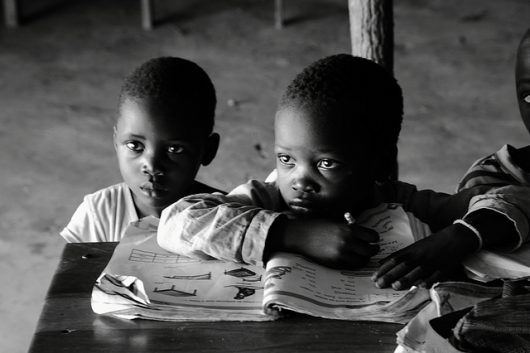
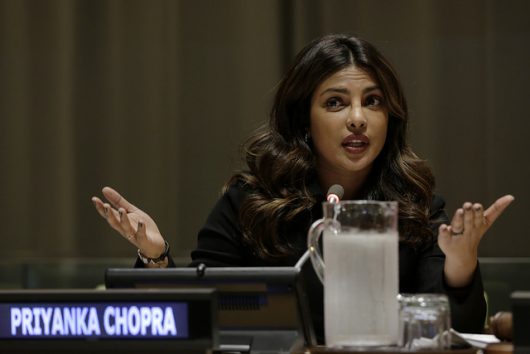
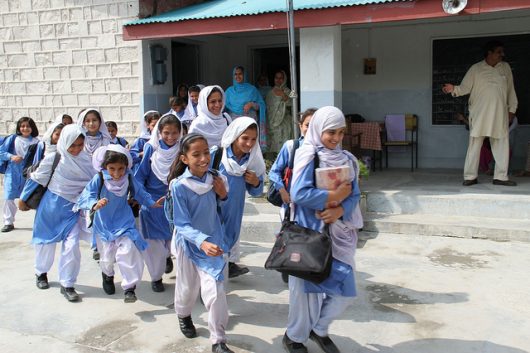 As in many other nations, private education in
As in many other nations, private education in 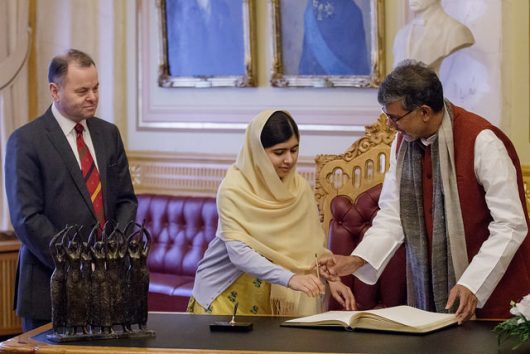 “One child, one teacher, one book and one pen can change the world,”
“One child, one teacher, one book and one pen can change the world,” 
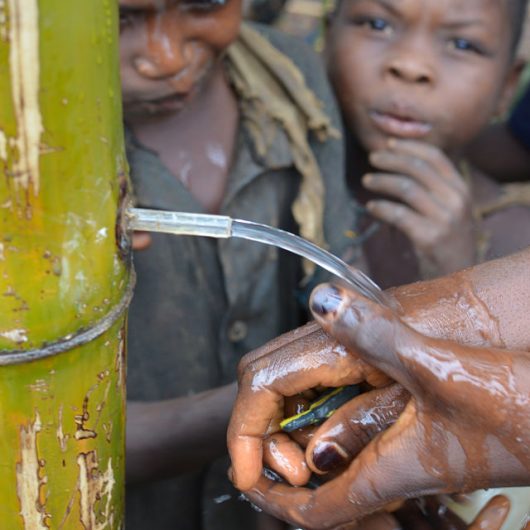 Over the past year, the Kasai region of the Democratic Republic of the Congo (DRC) has experienced extreme violence since the rise of the rebel Kamwina Nsapu fighters. This conflict is disproportionately affecting women and children, as forces recruit child soldiers and women face gender-based violence. Fortunately,
Over the past year, the Kasai region of the Democratic Republic of the Congo (DRC) has experienced extreme violence since the rise of the rebel Kamwina Nsapu fighters. This conflict is disproportionately affecting women and children, as forces recruit child soldiers and women face gender-based violence. Fortunately, 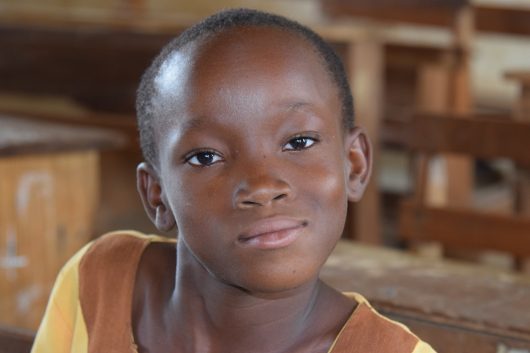 Around the world, children with disabilities are faced with many challenges that can hinder their success and well-being. In Ghana, children with mild to moderate disabilities are often
Around the world, children with disabilities are faced with many challenges that can hinder their success and well-being. In Ghana, children with mild to moderate disabilities are often 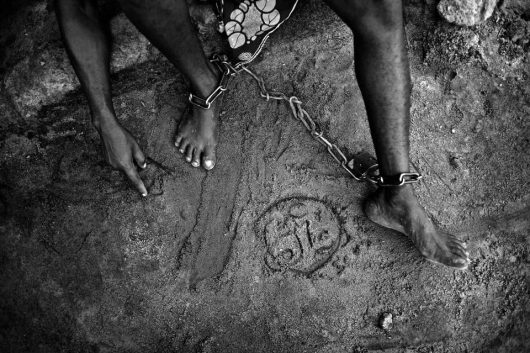 In sub-Saharan Africa,
In sub-Saharan Africa, 